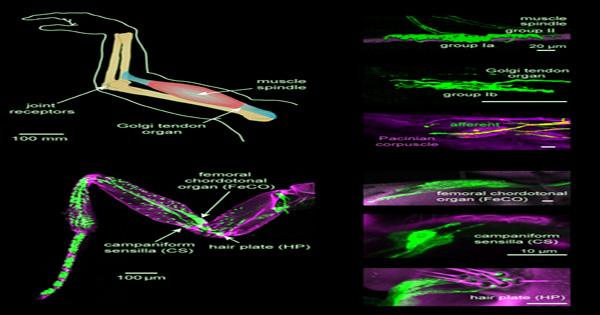
As published in the Journal of New Music Research, a total of 73 volunteers played eight types of Western music – blues, country, dance / electronic, jazz, metal, pop, reggae, and rap, and were asked to dance with only natural sensations either way. Motion-tracking technology placed tabs on dozens of points on the body, looking at the direction and speed they were moving.
“Each person has a unique movement signature that stays the same regardless of what type of music they are playing”.” It looks like a person’s dance movements are a kind of fingerprint,” said Dr. Pacey Sari, co-author of the study and data analyst. The “easiest” to guess was that metallic music was accurately identified about 53 percent of the time, while pop music was identified less than 10 percent of the time. The basic idea behind the study was that computers could guess what kind of music participants were dancing by analyzing their movements, but identifying the genre proved to be surprisingly bad. However, it seemed to be significantly more accurate than guessing who was dancing among the participants.
A similar study published in 2017 found that a person’s walking can provide insights into their personality and mood. The computer was only able to accurately identify the music genre in about 30 percent of the time, but it was able to accurately identify which of the 73 percent of people was dancing about 99 percent of the time. The computer was able to tell regardless of genre. Fortunately, researchers are confident that this field of research will not yet be used on the soft edge as mass surveillance. Instead, they hope to create more evidence of what our movements say about us, our personalities, and our culture.”Most research raises more questions than answers and this study is no exception.”
“We have a lot of new questions to ask, such as whether the signatures of our movement remain the same throughout our lives, whether we can distinguish between cultures based on the signatures of this movement, and how well people are able to distinguish them from individuals by their dance movements on the computer. Dr. Emily Carlson, the study’s first author, explained, “We are no less interested in surveillance applications than what these results tell us about human music.”















